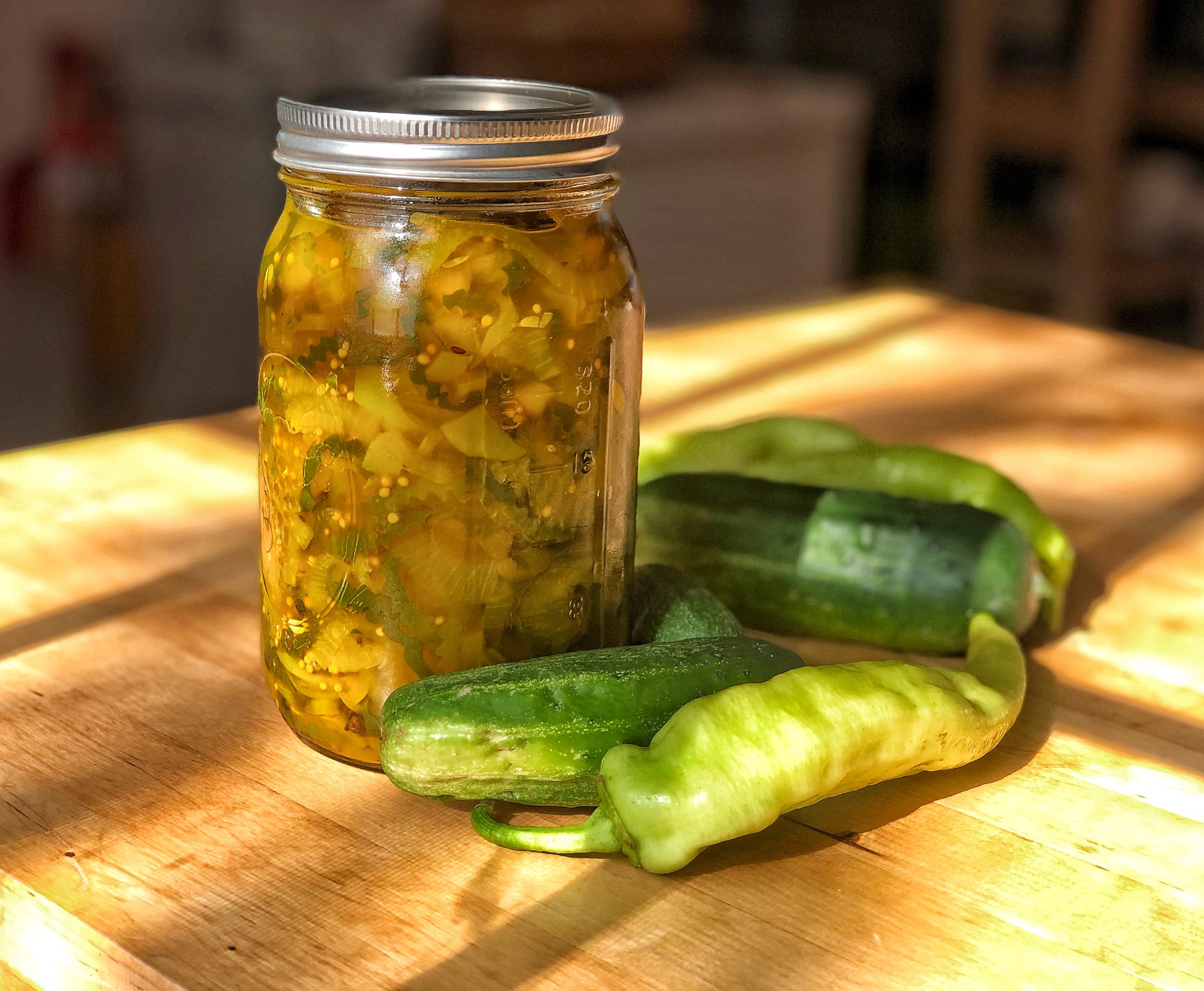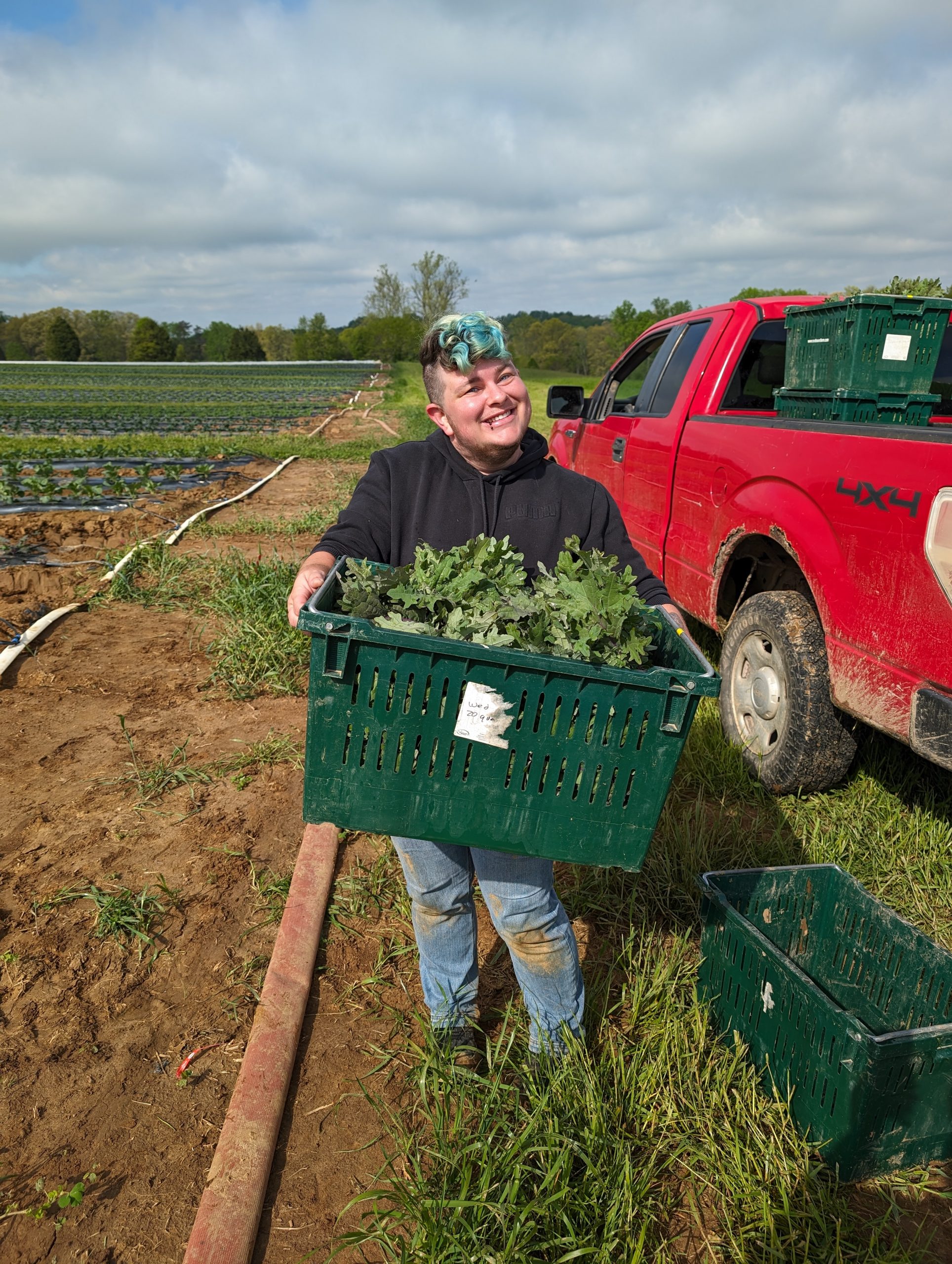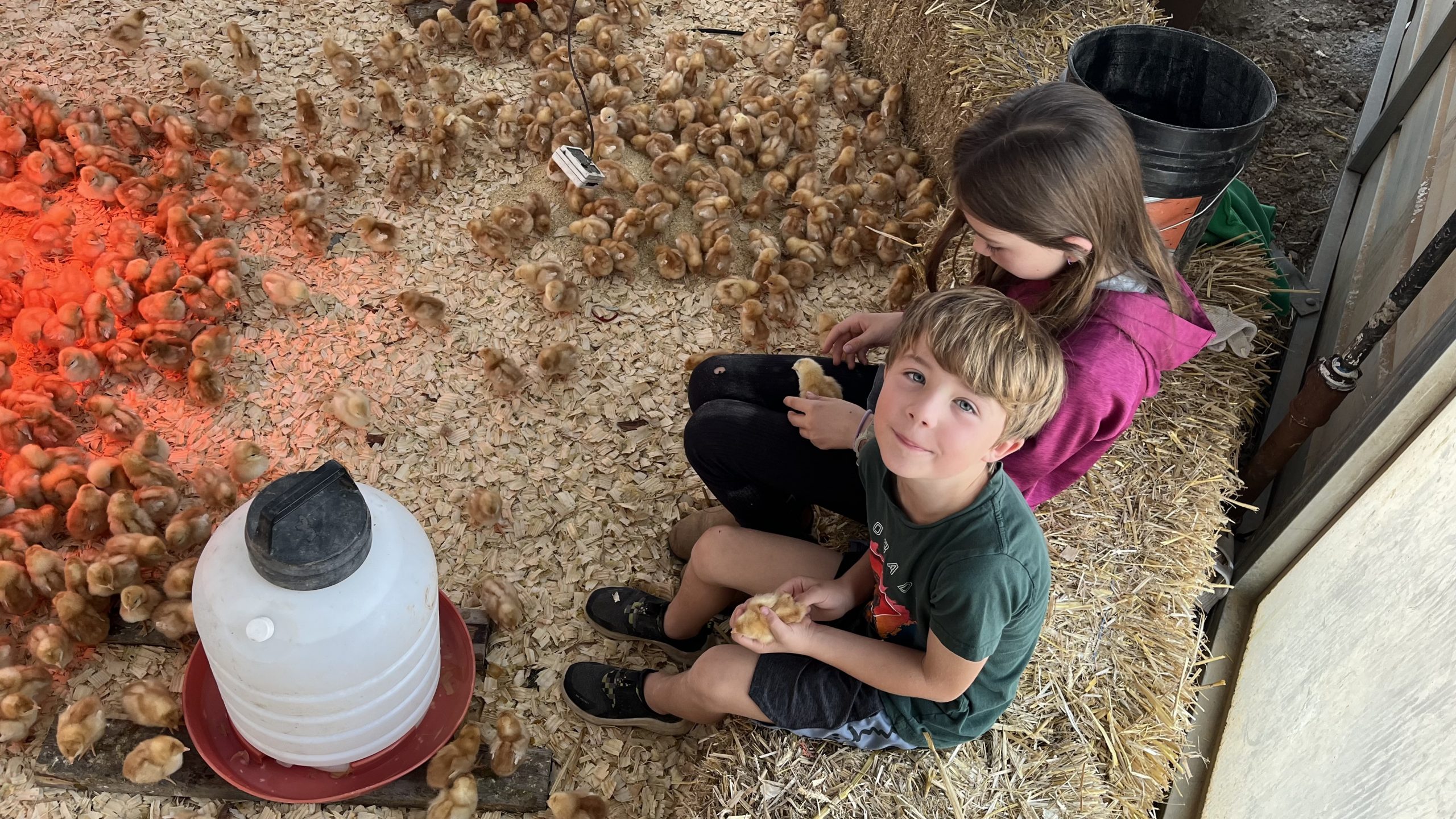Type “meal planning” into any search engine and you will find a plethora of information. Spreadsheets, shopping lists, meals with shopping lists, page inserts for planners, and so on. People take meal planning very seriously. It can be overwhelming to plan out a week of meals for your household, especially if you are new to it.
We have compiled a short list of food storage tips, that will help make your meal planning easier. You might think food storage and meal planning are not related, but they really go hand in hand. By making sure you are storing food properly, you are making less food waste (great for the environment, and better for your wallet), and this allows you to get the maximum out of your meal planning, and your CSA.
- When you first get your CSA box (or when approaching meal planning in general), take stock of what is most perishable, and plan to use those items first.
- For example: Cabbage can wait, it stores for months. Basil, on the other hand, needs to be used immediately as it will only be good for a couple days. Lettuce is good for about 4 days, while sturdier kale lasts about a week.
- It is helpful to dedicate a certain time to prepping/storing your food.
- We have one CSA partner who enlists the entire family to help chop and store vegetables as soon as they are home with the CSA box. This makes quick work, and gives the family time to chat.
- Take greens off of any bulb items, such as carrots and beets. The leaves will draw out the moisture from the vegetable. If you aren’t going to use them quickly, better to discard the greens/tops, or store them separately.
- Hot tip: you can add carrot tops to your pesto for a kick!
- For herbs such as dill, oregano, and sage, cut the bottoms off and put them in water, store in the fridge, or on the counter if you’ll use them with in 24 hours. Or you can hang to them to dry, and store them for longer. And hanging herbs around is just pretty.
- Use plastic bags (Ziploc style or even grocery bags) to cover greens and put them in the fridge. Wrap them tightly and put in the fridge drawer. Lettuce and greens are delicate, and can can get easily damaged if just placed in the fridge. Protecting them with even a simple layer, helps keep them fresh and ready for use.
- Celery lasts longer cleaned, chopped, and stored in an airtight container.
- For cucumbers, radishes, peppers, and such that you can’t get through fast enough, pickling is a great option. Check back in our Recipe Recaps for easy pickling recipes.
- If spinach is starting to wilt, place in an airtight container in the freezer, and use for smoothies.
- Berries seem to do better, stored in glass jars in the fridge.
-
When in doubt, chop, and freeze for later use.
These are just a few of many tips on how to store your vegetables and fruits. If you have storage tips that you love, please let us know.
Lastly, if you are trying to get away from plastic use, here is a link to an informative blog about storing food sans plastic:




